-
Posts
1,404 -
Joined
-
Last visited
Content Type
Profiles
Forums
Gallery
Events
Articles
Posts posted by extant4cell
-
-
This one is from Moscow by Ivan IV The Terrible (1547-1584) with a winged siren:
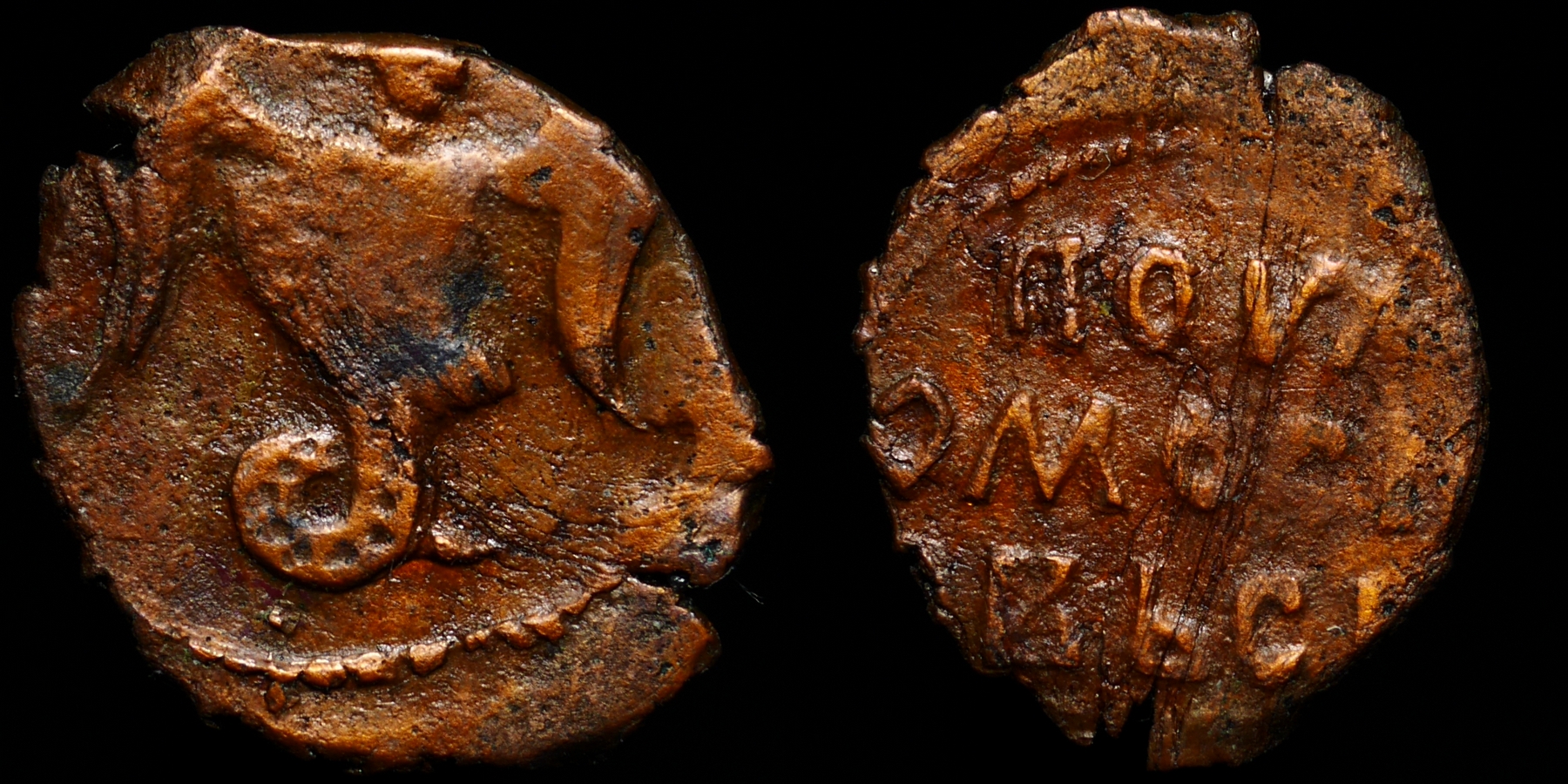
-
Last Katz auction took me back a few centuries. I think I have pulo somewhere in my collection already, but this one from Tver by Ivan Mikhailovich (1399-1425), got me captivated and I had to have it (yet to pay and receive it)... I don't know much about these coins or the period, but would love to see more pictures of older than 1700 copper coins. This forum deserve something like this.
I love its viking look:
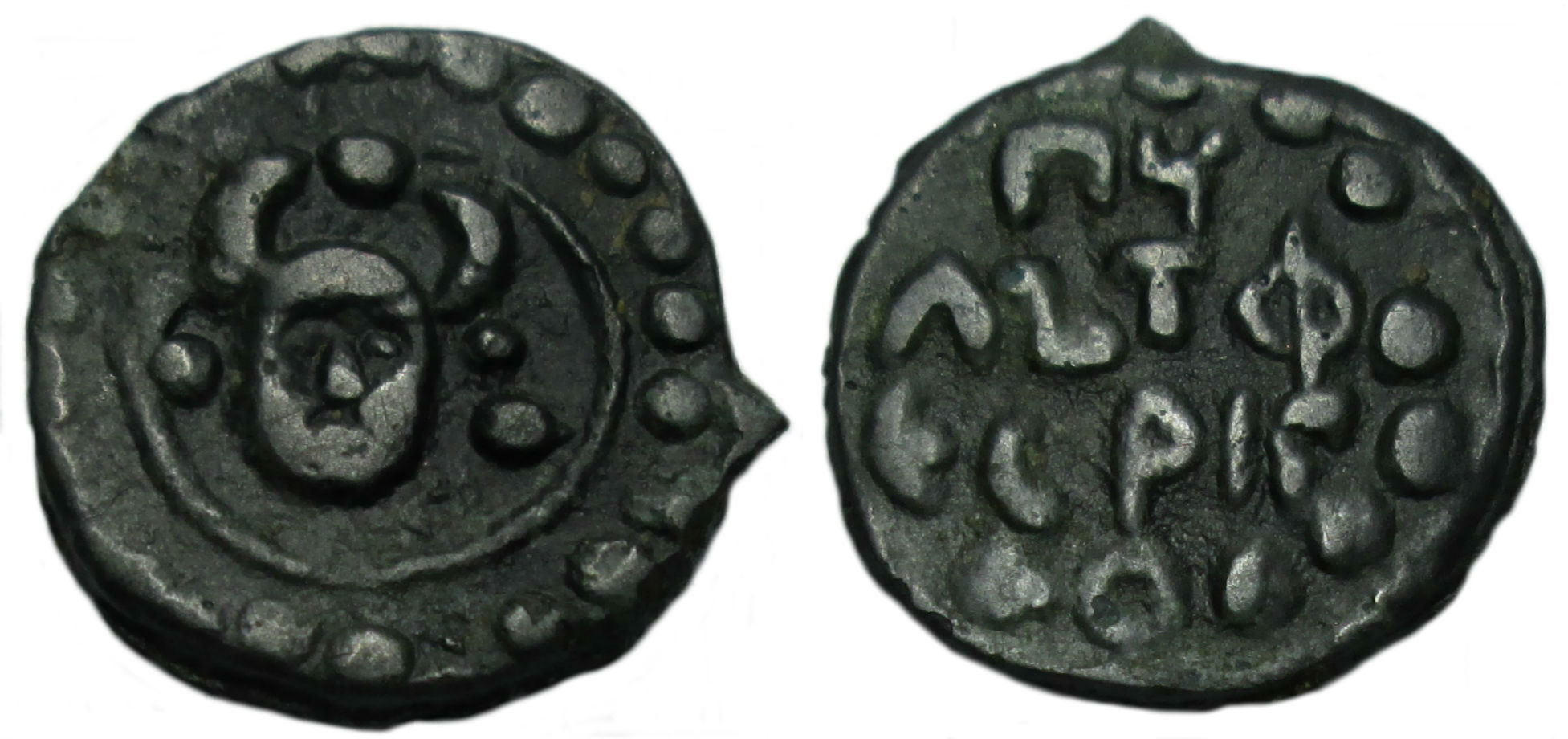
-
Can you imagine your whole collection like that displayed on a wall? I
t would be an impressive sight!
Though, I would have to go solidly crazy to do something like that with my coins. )))
-
-
Please show if possible

-
🧐 Nice coin with interesting provenance. 👍
-
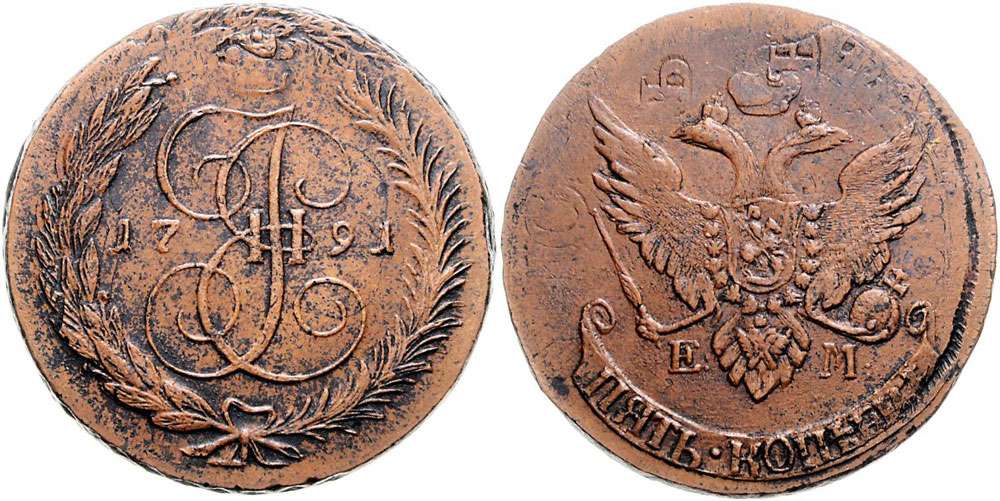
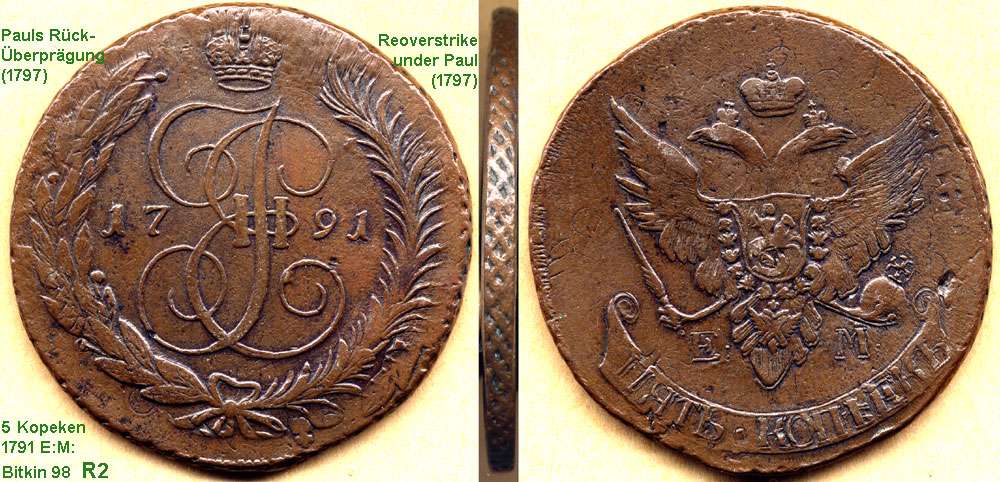

Put them together. Beautiful coin, just like Sigi's.
I watched the sale, though couldn't take part in this auction much. There were also a couple of good Sestroretsk 1758 pyatak coins that I would be interested in. They all went very high in price (though it's relative, of cause), but to a degree I think they were worth it. I have these types in my collection, and Sigi has them too, as far as I remember, but they are better than what I have, I think. Late ($700) and early ($1000) Sestroretsk types:


(RE: https://rarecoins.bidspirit.com/?options=narrow,noHouseLogo,hideFooter#catalog~153~202 )
-
Very nice examples, and well noted, Sigi! Thank you for sharing.

-
I am not talking about how well is the crown struck, but thank you for your input. The actual form and size of the crown is different from the rest of the Ekaterinburg mint 2 kopecks compare to the one on the first coin. I think this is the first time I come across Elizabeth coin of 2 kopecks with this crown form at this mint. Wondering if anyone has ever seen somewhat similar crown on Elizabeth 2 kopecks...
-
Found a very interesting 2 kopecks with a pretty looking crown for EM coins. I assume its master dies were copied and re-cut from master models from 1757, 1758 or 1759, where 6 was fixed from 5 and the last number cut off clean, to the base, leaving just a circle (resembling "0") that was filled with a newly cut "1" on the master die. Most 1761 coins keep left over from "7" under "1". Looks like the crown was fixed (recut) at the same time, but could be a leftover from the original repaired master model. I don't believe I've came across one like that before on EM grosheviks (2 kopecks).
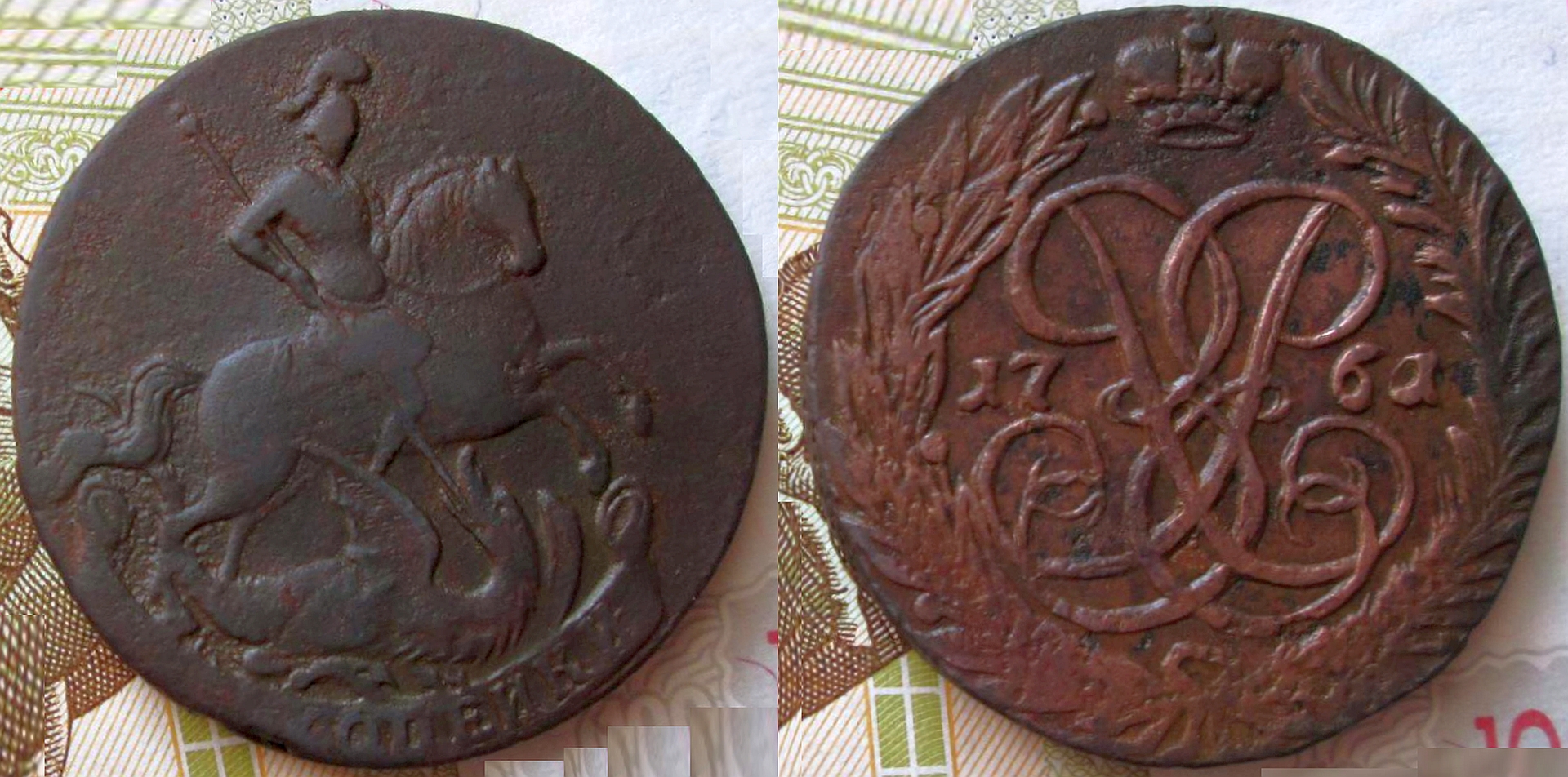
Usually crowns are taller and somewhat uneven and disturbed... kind of like squashed on the right side:
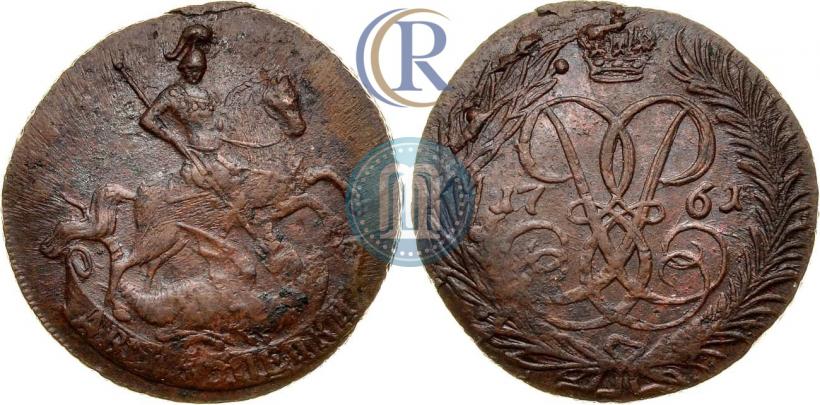
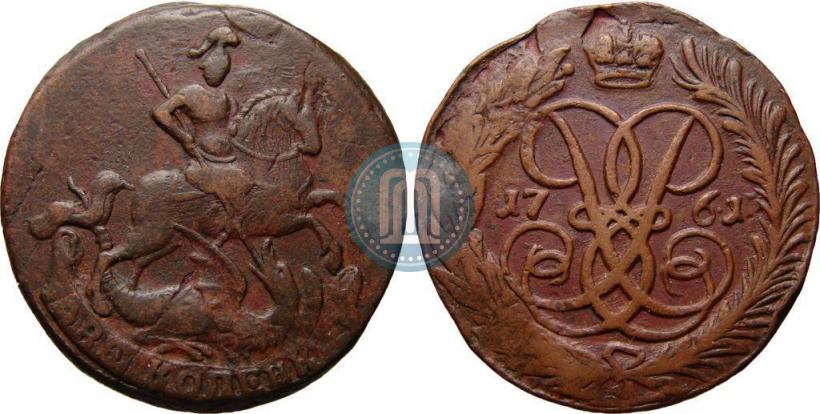
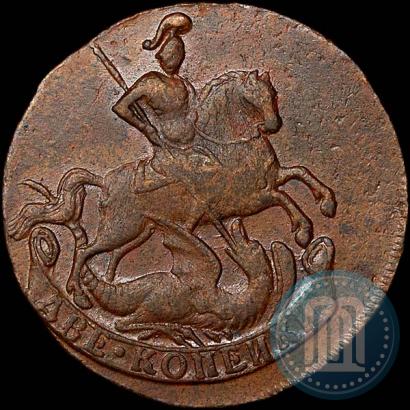
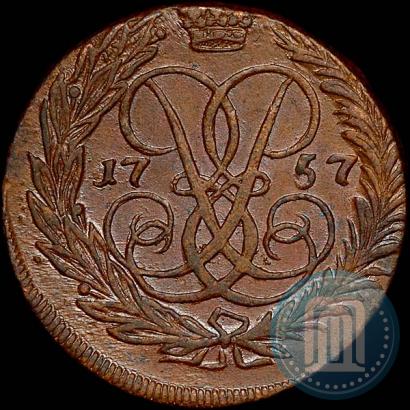
-
I am glad you found a decent filler without spending too much money!

-
I did a bit of a looking through the novodel sections to see if there is any connection between novodels and overstrikes and actually found very little. These coins, for example sit among novodels, but are they really novodels? If they are, than anything is possible... but of cause provenance is a big bonus with any questionable coin.
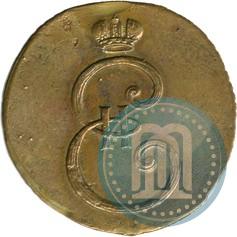
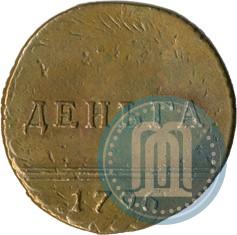
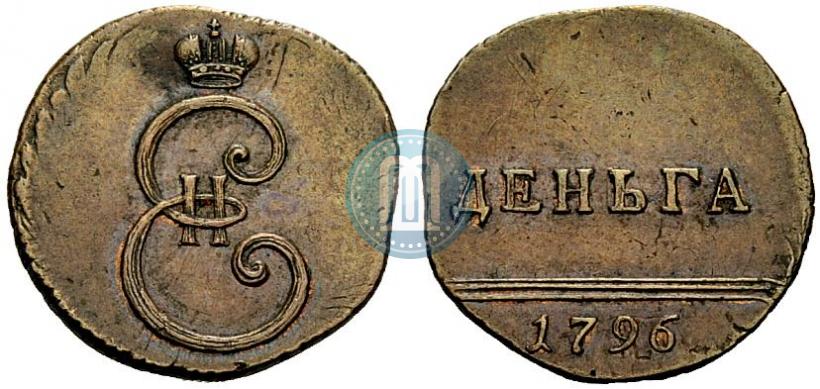
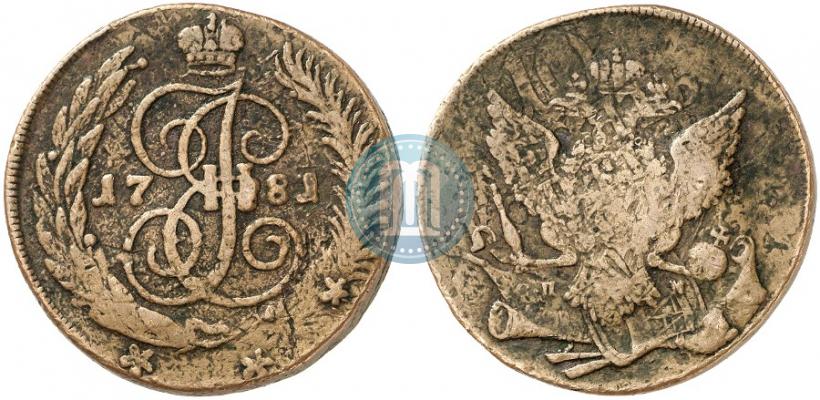
-
May be I am mistaken, and it is a valid point. I'll need to reread Spassky on novodels, etc. But for some reason I was under impression that on special orders they did make novodel coins on old coins to mimic overstrikes if those were the instructions of the mint's VIP customer... Do you guys remember or know anything on that matter? Or novodel like coin automatically becomes a living proof that coin is a fake if it is made as an overstrike? Please enlighten me.
-
Hi Sigi, I thought to see if Russian forum could bring any clarity to this, but it didn't. The topic was silently moved over to "numismatic rubbish" section without any explanation. It added no new information, unfortunately. Until we get more information on this coin, we can think about it anything we like with no proof. Here is the link to Russian site with translation to English:
And original Russian link:
http://www.staraya-moneta.ru/forum/messages/forum43/topic215457/message2308764/#message2308764
-
Congratulations!
-
How long ago did you pick it up on eBay?

-
Hi Sigi, To tell you the truth, if I saw it for sale, either of them, yours or Kunker's coin, I would go for it.
The thing I wrote above proves nothing yet, apart from that coins of this type have no found provenance yet and that it is different from others. It is unlucky, but it would not be for the first time that the good coins or novodels aren't seeing on the pictures in the old literature. That doesn't make those coins less legitimate.
One thing it doesn't look like, is like one of those modern counterfeit novodels or their likes:
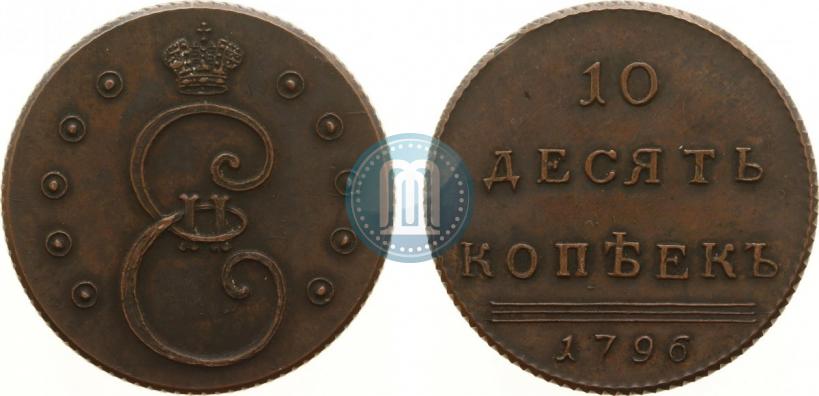
You would never buy a coin like that in a million years!
Your coin and Kunker's one are very well made and most probably at the EM mint:
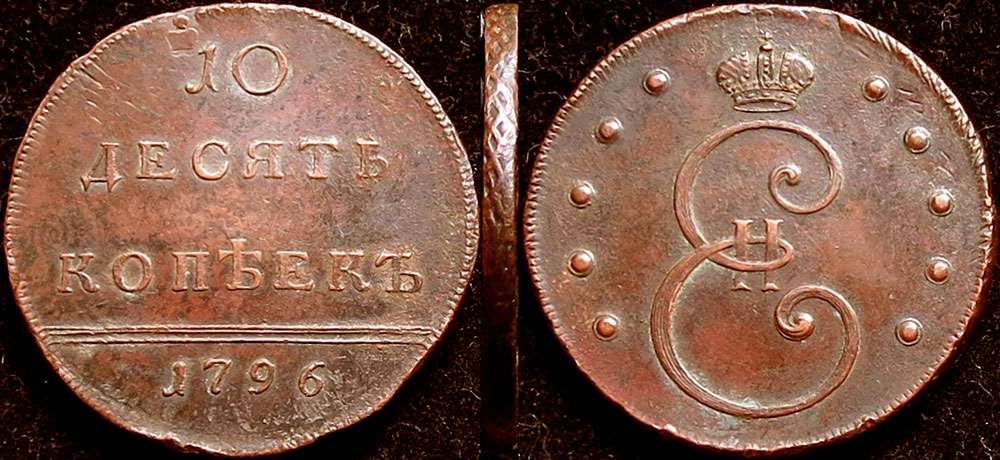
The design looks really nice, different from others, but very pretty and the dies were cut by an experienced master with a sure, strong hand.
I would be very careful calling them counterfeits of any kind, those usually come in great numbers due to the greed of those who invest into making them. That's the case with 5 kopecks, I mentioned above.
Given that your coin type is small in numbers and that novodels were ordered as a single piece orders sometimes, particularly, but not exclusively, at the Ekaterinburg mint (including on old coins and with different edge designs), where the novodel dies were made from scratch, without using old, kept design elements as sometimes seeing on SPM novodels, and thus design looks different from the rest of the novodel coins - that would be my best bet.
The last thing that I would do, if I was you, is casting this coin away. Let's research it further. Let's try to find other coins of this type, if we can, and see how many of them are known. So far we know only two and if anything, to me - it is a good sign.
My opinion, for the moment, is that this coin is a novodel made on special order. To determine its real age and to prove it's origin, someone would need to run a metal analysis on Kunker's coin.
Can I ask you how long you had your coin in the collection and how did you came by it?
-
Hi Sigi, I only just finished analyzing 5 cipher kopecks, and didn't move to 10 kopecks yet. This will be a first attempt. It's hard to make assumptions without going deeper into it. The main idea of the analysis was - the provenance that this or that type of coin may have. Currently auction circulated type of 5 cipher kopecks has no provenance and spectral analysis of that coin confirms it's modern origin.
Keeping the idea of provenance in mind, I am sorry to say that, but I believe the type of 10 kopecks that you have has pretty much no provenance and as such - little trust. It's not in GM, not in Ilyin, and even in Bitkin the similar coin type is different. It is the same type of coin as the one that went for sale on Kunker, only that one was made on a new blank, whereas yours made on an old 5 kopeks:

Here are some of this type's special features as I see them: wider than usual "0" in 10, with somewhat inclined "1". Irregular shapes of letters, particularly "K" and "E" (their feet stick out too far). Crown is of a strange shape and it sits too high up. The distinctive (wrong) feature of the crown is that the top ball with a cross sit on top of 2 parallel support lines, which is (I think) not seen on any other coins, including novodels. Also, "II" inside the cipher is further away from cipher ends compare to other types:
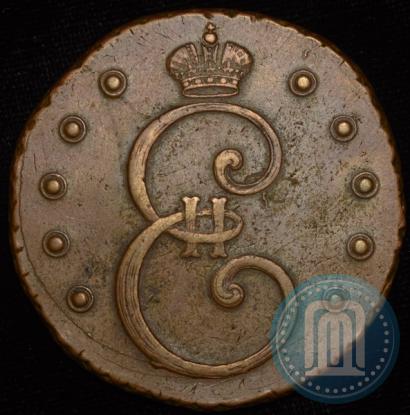
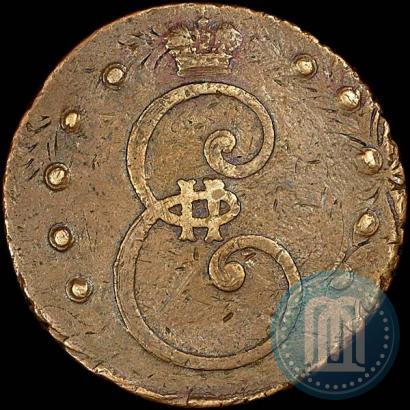
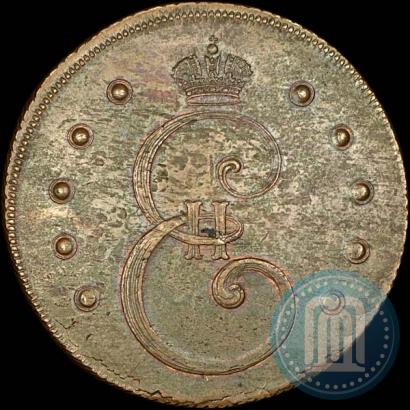
Your coin is well made, and doesn't come large in numbers (as do the 5 kopecks that now are deemed as counterfeits). It is still possible that it is an old unknown novodel or an old numismatic or jeweler copy (that were sold in some numismatic shops in St.Petersburg in late 19th c. [before the revolt] as originals). The real age can only be confirmed by a spectral analysis of the metal of the coin that was made on a blank, and it is a very remote possibility. Unless fulfilled this will guard these coins from a final judgement. Until then, it can be taken as a novodel, a copy, "Avesta" or an unknonw SPM type without provenance. This is my rough understanding. As I mentioned before, I didn't look into these coins properly yet...
-
It is a EM coin.

-
It was a good question, and interesting to look through the publications again. Seeing press in action was a nice bonus too!

-
Very interesting video.
I think this one would be good for small coins only though. There is a somewhat similar hand operated machine described by Nartov in 1779 for small gold coins production on SPM:
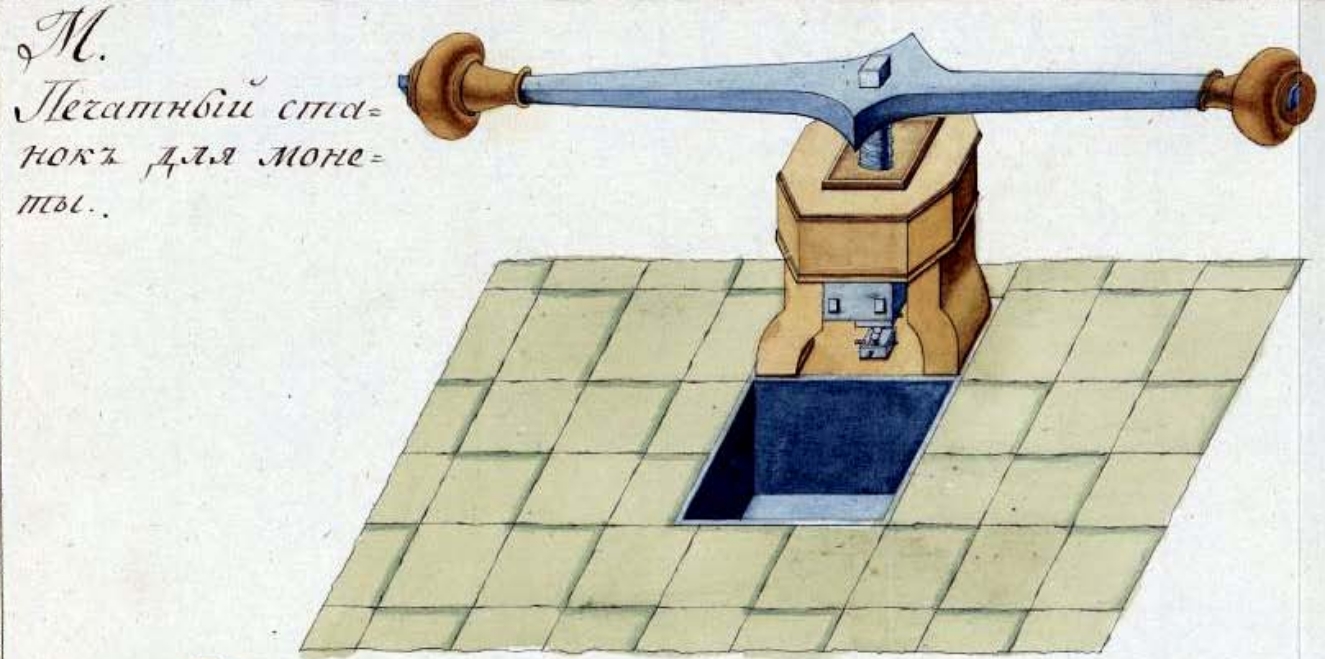
Large copper coins required a lot more pressure.
Spiranski described large copper coin production on EM and the presses that were used there in 1780 (and probably way before that). As technologically KM was a subsidiary mint to EM, their presses were similar to the ones on EM. Presses operated with the help of water power and 2 leather belts (one to move the press screw down, for striking and another one to move it back, parting the dies). I think, if the coin would get stuck to one of the dies, the quickest way to release it was to strike again.
Both dies (top and bottom) were held in their positions with 4 fixing screws each. I believe, if not properly fixed, one of the dies could move.
In my digital library there a few publications on coin production, but when it comes to EM/KM large coppers, Spiranski is the best to rely on.
Details on EM 5 kopecks presses are on page 13 and 14 in Spiranski.
Spiranski - 1907
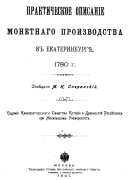
Description of Ekaterinburg Mint Production in 1780 1907 (3Mb)Additional materials (in Russian and German [Schlosser - 1884]):
Nartov - 1779
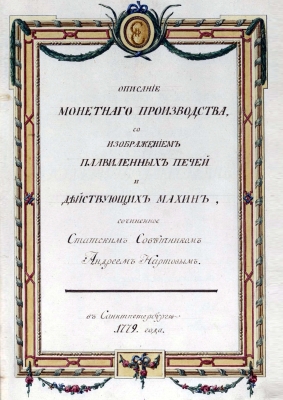
Desctription of Monetary Production
courtesy of Mr. V. ArefievVollendorf - 1883

Condition of coin minting
courtesy of Mr. V. ArefievSchlosser - 1884
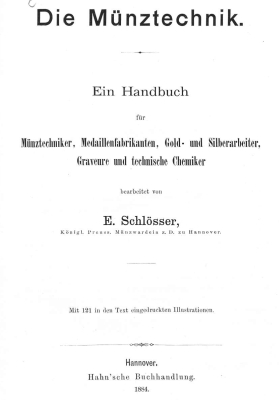
Technique of Coins and Medals Production
courtesy of Mr. V. Arefiev -
The only thing I can come up with is that the cipher side's die was badly fixed and with every turn of a screw it moved further and further away from it's usual central location leaving moving image imprints. May be there are other explanations?
-
The types for 2 kopecks with nominal above in 1757 go something like this:
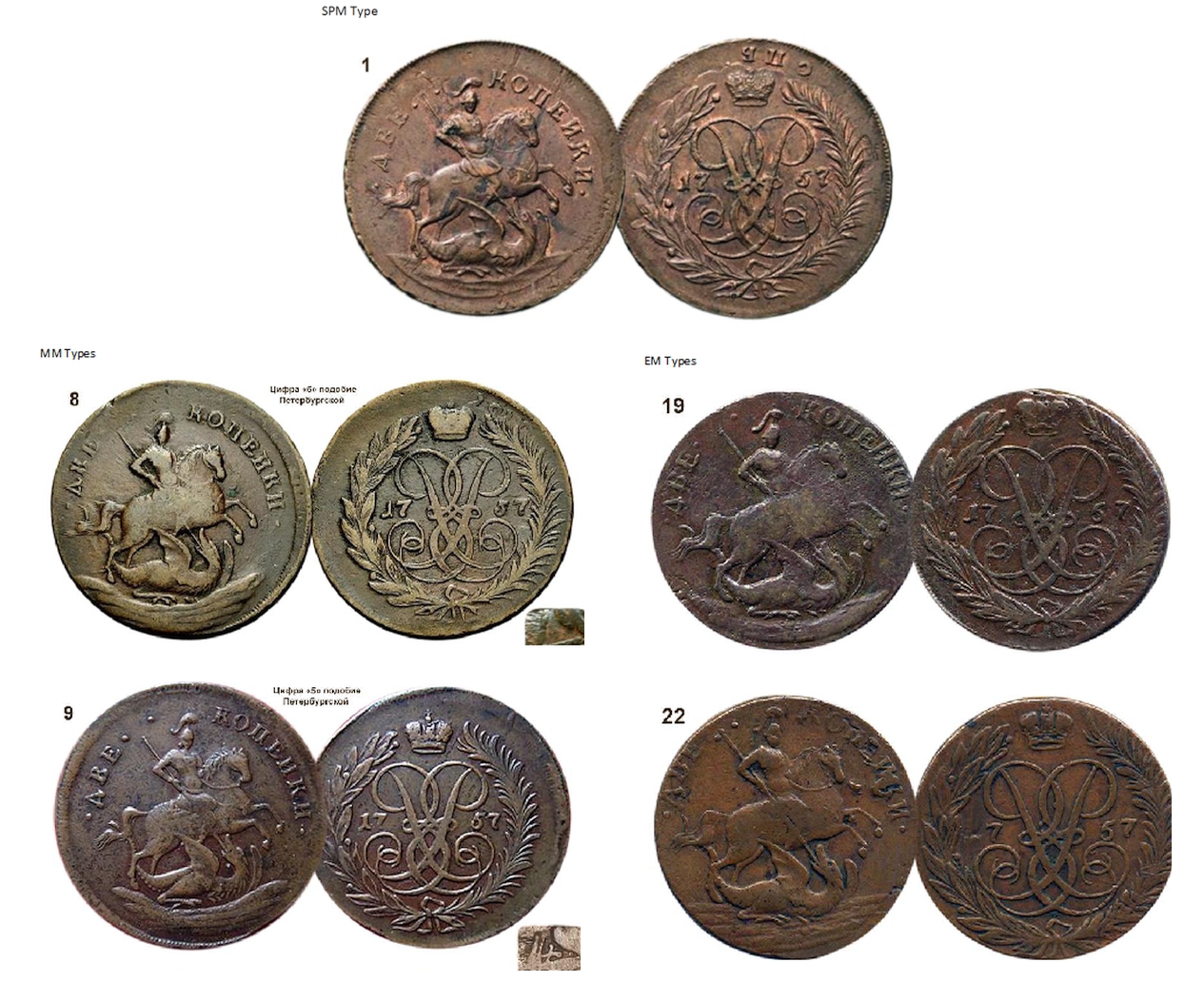
SPM and MM both should have only reticulated (netted) edge. Whereas SPM and MM somewhat similar, on all SPM coins "1" has a very slim base, and the "ground" under St. George is comparably smaller, among other things.
EM coins have mainly lettered edges with only a handful having reticulated one.
In 1758-1762 EM nominal side types change a little (standardized).
-
On some of the MM and EM the letters also close to the horse. That one strikes me as EM. Taller, narrow crown, year numbers differ from SPM, and I dare to assume the edge is not reticulated (netted), but rather has leftover letters as I don't see any signs of 5 kopecks on it.


Russian Pulo Copper Money
in Russian Coin Forums
Posted
This one is an interesting one, though it's not pulo, but a copper kopeck of Alexey Mikhailovich (1564-1563). He switched from silver to copper and that naturally resulted in riot.